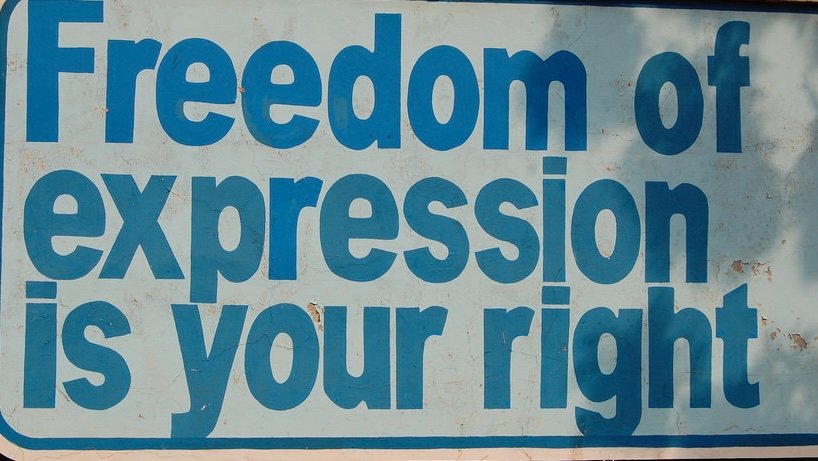
How do cultural differences impact the perception of freedom of expression around the world?
Cultural differences significantly influence how freedom of expression is perceived and practiced across the globe. These differences shape societal norms, values, and legal frameworks, resulting in varied interpretations of what constitutes acceptable expression. Here are some key ways in which cultural differences impact the perception of freedom of expression:
1. **Historical Context**: Different countries have unique historical experiences that shape their views on freedom of expression. For example, nations with a history of authoritarian rule may prioritise stability and social harmony over unrestricted speech, leading to more restrictive practices.
2. **Religious and Ethical Beliefs**: Cultural and religious values can dictate what is considered appropriate or offensive speech. In some societies, certain topics, such as religion or morality, may be deemed sensitive, leading to limitations on expression that challenge these beliefs.
3. **Collectivism vs. Individualism**: Cultures that emphasise collectivism may prioritise community harmony and social cohesion over individual rights. In such contexts, freedom of expression may be viewed as secondary to maintaining group solidarity and preventing conflict.
4. **Nationalism and Patriotism**: In some countries, strong nationalist sentiments can impact perceptions of freedom of expression. Criticism of the government or national symbols may be seen as disloyalty, leading to legal or social repercussions for dissenting voices.
5. **Social Norms and Taboos**: Cultural taboos can shape what is deemed acceptable speech. In societies with strict social norms, expressing dissenting opinions or challenging traditional views may be met with resistance or ostracism.
6. **Media and Communication Practices**: The role of media in society varies across cultures. In some countries, state-controlled media may dominate, limiting the diversity of opinions and shaping public perceptions of what constitutes freedom of expression.
7. **Legal Frameworks**: Cultural attitudes towards freedom of expression are often reflected in national laws. Some countries have robust protections for free speech, while others impose strict limits, influenced by cultural values and priorities.
8. **Impact of Globalisation**: As cultures interact through globalisation, perceptions of freedom of expression can evolve. Exposure to diverse ideas and practices may challenge traditional norms and lead to calls for greater openness.
9. **Role of Education**: Educational systems can influence how freedom of expression is perceived. In cultures that emphasise critical thinking and debate, there may be a stronger advocacy for free speech compared to those that prioritise conformity and rote learning.
10. **Activism and Advocacy**: Cultural differences shape the landscape of activism for freedom of expression. In some regions, grassroots movements may push for greater rights, while in others, such efforts might be stifled by cultural or governmental resistance.
Overall, cultural differences create a complex tapestry of beliefs and practices surrounding freedom of expression. Understanding these nuances is essential for fostering dialogue and promoting respect for diverse perspectives on this fundamental right.






